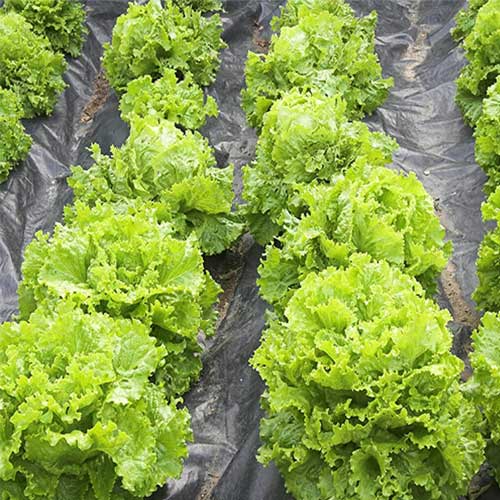Total Number of seeds: 200
Lettuce Great Lakes Seeds produce crisp, light green heads with loose, tender leaves that form a compact rosette. The Great Lakes Lettuce is known for its excellent texture, sweet flavor, and resistance to bolting, making it perfect for salads, wraps, and sandwiches. This variety is a non-heading type and thrives in both cool and mild climates, making it a versatile choice for home gardeners and commercial growers. The plants mature quickly, taking around 65-70 days to produce large, fresh heads of lettuce that are rich in flavor and nutrients.


In India, Lettuce Great Lakes Seeds should be sown from February to June in hill regions and from September to October in the plains for best results. These plants thrive in cool to mild temperatures and produce compact heads of crisp, tender leaves that are perfect for salads and sandwiches.
1. Apply Nutrient-Rich Fertilizers
When your plants begin flowering, use nutrient-rich fertilizers like Organic Bone Meal Powder or Vermicompost. This helps in boosting the bloom and enhances overall yield.
2. Use Organic Fertilizers
Feed your plants with organic fertilizers such as Cow Dung Manure or Neem Cake. Organic options promote healthy soil life.
3. Regular Feeding
Apply fertilizers every 20-25 days to ensure plants receive a steady supply of nutrients. Choose from various options like Cocopeat Compost for moisture retention.
Great Lakes Lettuce is known for its resistance to bolting and crisp, juicy leaves. This variety produces light green heads that are perfect for adding a crunch to salads and sandwiches. The leaves are rich in water content, making them refreshing and hydrating.
Great Lakes Lettuce is rich in vitamins A, C, and K, as well as folate and antioxidants, making it a healthy addition to any diet. The leaves can be used fresh in salads, wraps, and sandwiches, or as a garnish for various dishes. They are also perfect for adding color and texture to green salads and dishes.
When growing Lettuce Great Lakes Seeds, ensure the soil is loose and well-draining to support proper leaf development. Water regularly to keep the soil moist but avoid waterlogging. Monitor for pests and diseases to keep the plants healthy.
Common issues include pests like aphids and diseases like downy mildew. To prevent these problems, ensure good airflow and use organic pest control methods. Remove affected leaves to avoid disease spread.
Sign in now to receive a 5% instant discount on your first order when using code WELCOME. Begin your organic journey today!
By logging in, you're agreeing to our Terms of Service and Privacy Policy.
Nandana
Results ka wait hai but abhi tak growth healthy lag rahi hai
Ranjith
Sprouting accha hua and the lettuce plants are growing steadily
Afsal
Cocopeat mix ke saath sow kiya and the seedlings came up evenly
Nimmy
The seedlings look good so far and the plants seem well balanced.
Gokul
Leaves fresh dikh rahe hain and overall growth looks neat
Sameer
The seedlings look good so far and early leaves look clean and fresh.
Roshni
The seedlings look good so far and sprouting was uniform.
Vikram
Cocopeat mix me sow kiya tha aur plants ne strong response diya
Ameena
The seedlings look good so far and the seedlings look very steady.
Liya
Sprouting accha hua and the lettuce plants are growing steadily